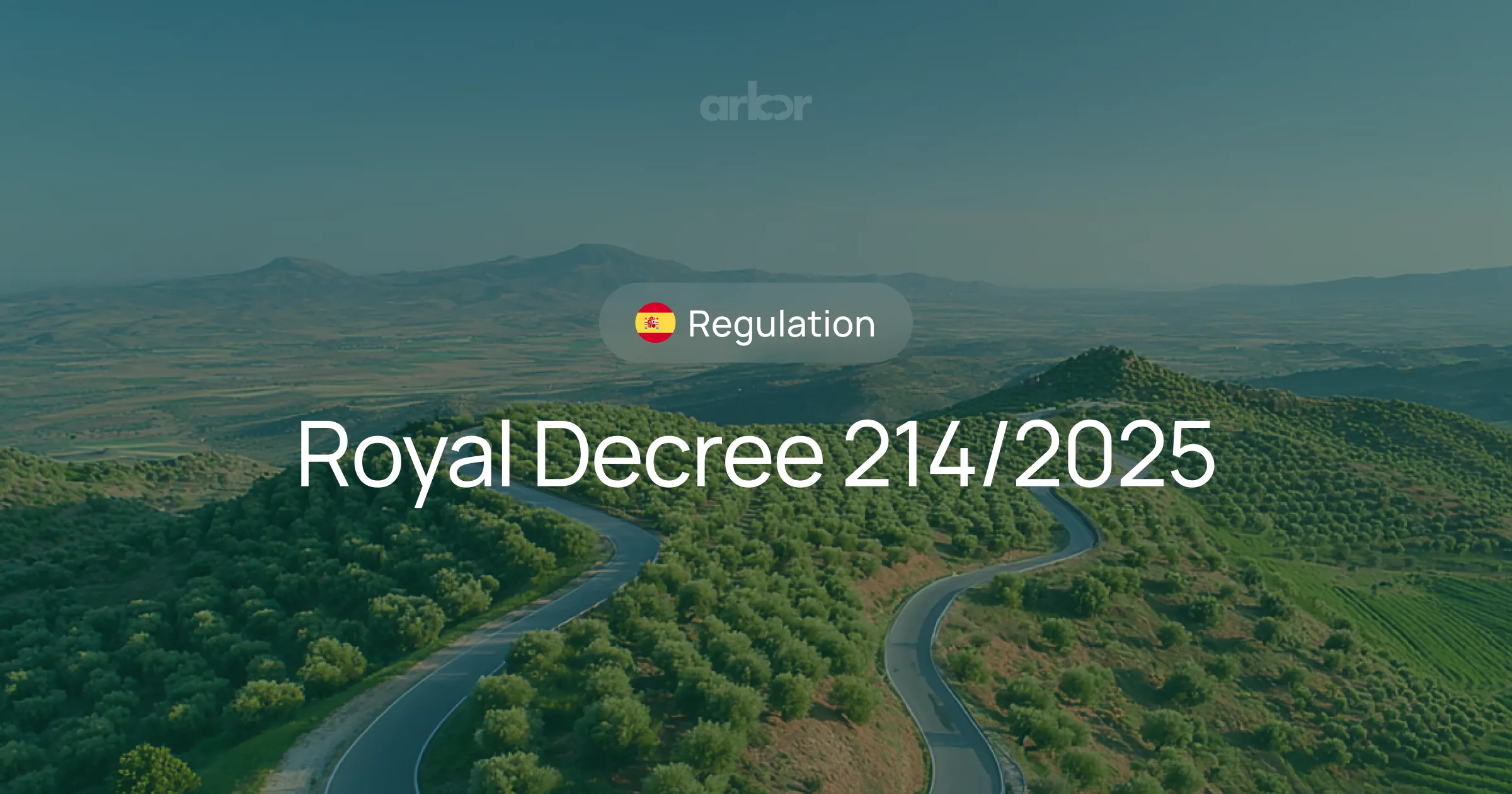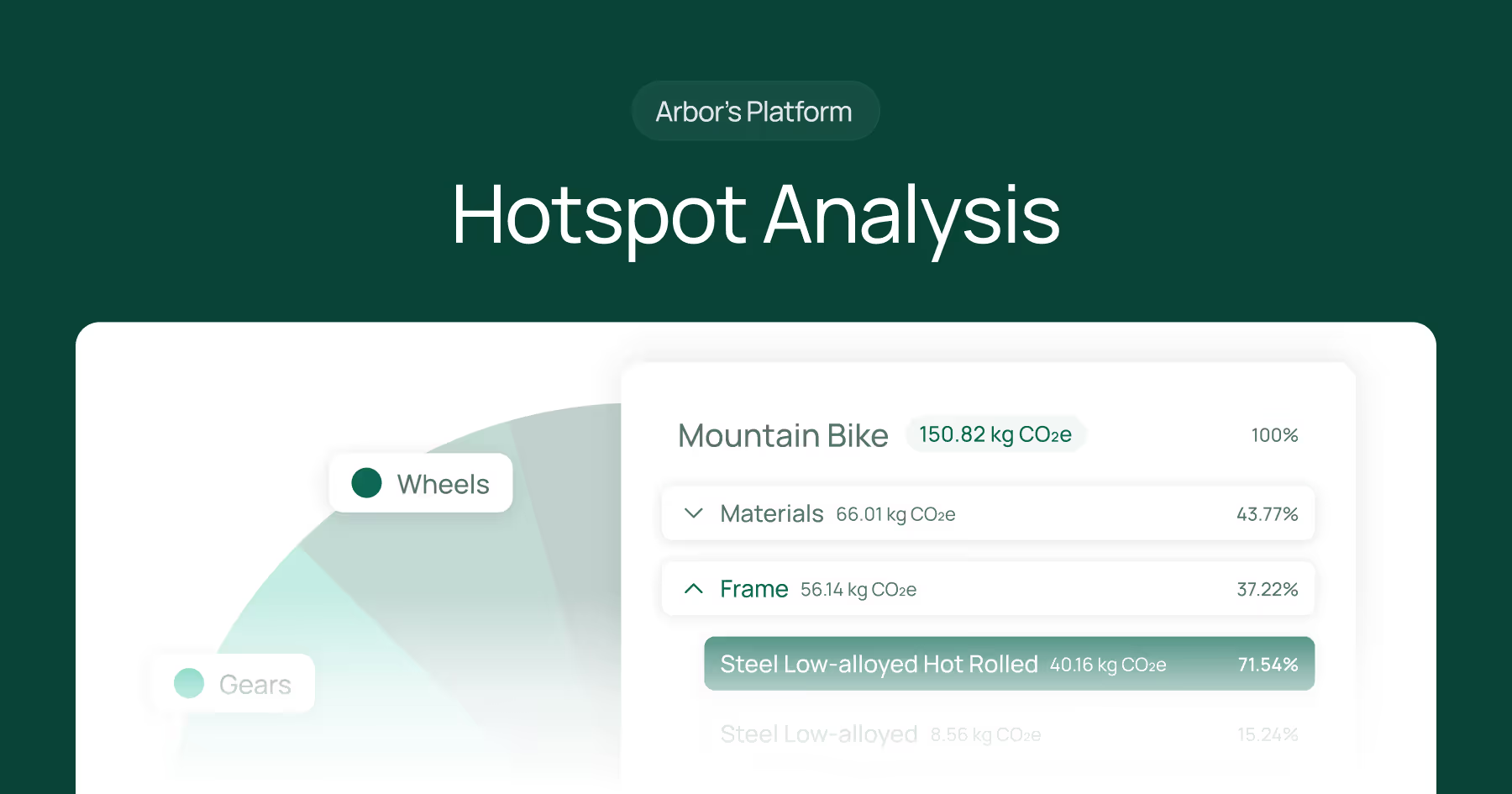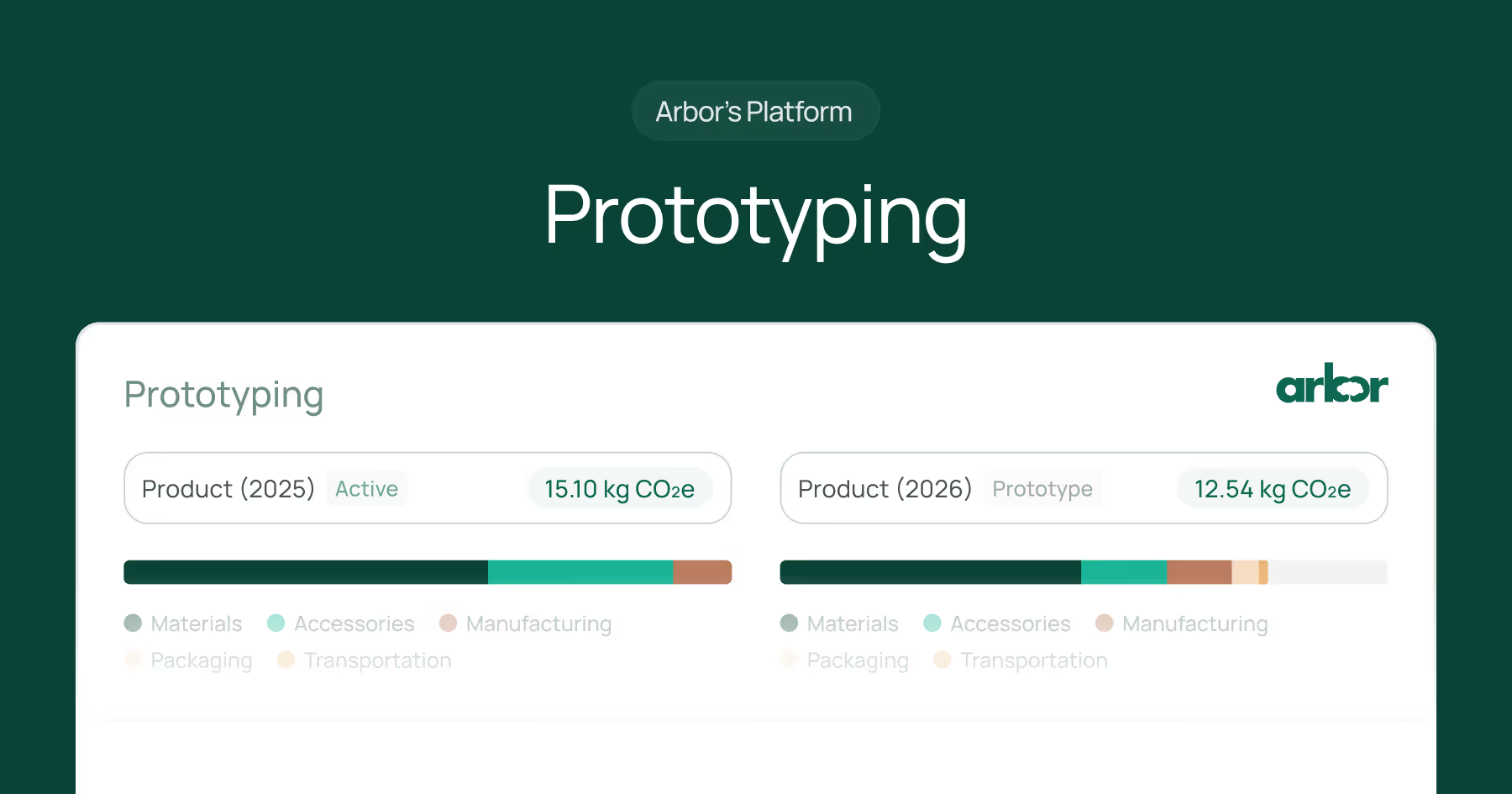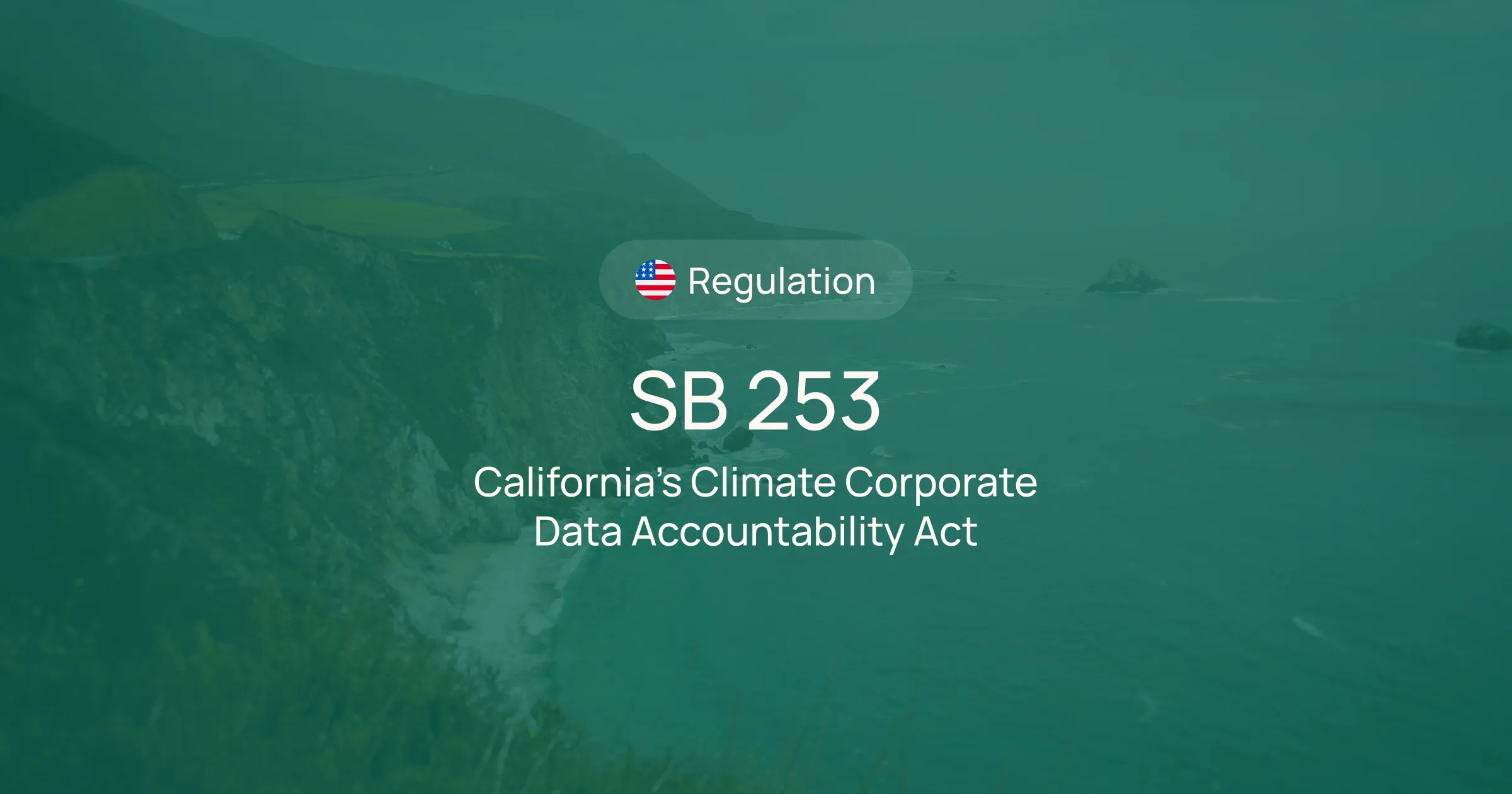Welcome to the comprehensive guide on Carbon Intensity. This glossary article aims to provide an in-depth understanding of the term 'Carbon Intensity,' a crucial concept in carbon management and sustainability. The term is often used in discussions about climate change and environmental policies, and understanding it is key to making informed decisions about sustainability.
Carbon Intensity refers to the amount of carbon (in the form of CO2 emissions) released per unit of another variable, such as energy produced, economic output, or population. This measure is used to understand and compare the environmental impact of different activities, industries, and countries. The lower the carbon intensity, the better it is for the environment.
Understanding Carbon Intensity
Carbon Intensity is a measure that helps us understand the relationship between human activities and their environmental impact. It is a significant metric in environmental science and policy because it allows us to quantify the amount of carbon emissions produced by different activities.
For example, the carbon intensity of a power plant can be calculated by dividing its total CO2 emissions by the total amount of energy it produces. This gives us a measure of how 'clean' or 'dirty' the energy production is. Similarly, the carbon intensity of a country can be calculated by dividing its total CO2 emissions by its GDP or population.
The Importance of Carbon Intensity
Understanding and monitoring Carbon Intensity is crucial for several reasons. First, it allows us to identify the major sources of carbon emissions and, thus, the areas where efforts to reduce emissions should be focused. Second, it provides a benchmark against which the effectiveness of carbon reduction measures can be assessed.
Furthermore, Carbon Intensity is a key indicator of a country's or a company's environmental performance. High carbon intensity indicates a high environmental impact, while low carbon intensity indicates a more sustainable operation. Therefore, reducing carbon intensity is a key goal in the fight against climate change.
Calculating Carbon Intensity
Calculating Carbon Intensity involves allocating the total carbon emissions by a relevant variable. The choice of this variable depends on what you want to measure. For example, if you want to measure the carbon intensity of a power plant, you would divide the total CO2 emissions by the total energy produced. If you want to measure the carbon intensity of a country, you could divide the total CO2 emissions by the GDP to measure the economy's carbon intensity. Alternatively, you could divide by the population to measure the carbon intensity per capita.
Factors Affecting Carbon Intensity
Several factors can affect the Carbon Intensity of a process, a company, or a country. These include the fuel type, the raw materials, the process's efficiency, and carbon capture and storage technologies.
For example, coal-fired power plants have a higher carbon intensity than natural gas plants because coal releases more CO2 per unit of energy produced. Similarly, an inefficient process will have a higher carbon intensity than an efficient one because it requires more energy (and thus produces more CO2) to achieve the same output.
Type of Fuel
The type of fuel used is a major factor affecting Carbon Intensity. Fossil fuels such as coal, oil, and natural gas are high in carbon and produce a lot of CO2 when burned. Therefore, processes, companies, or countries that rely heavily on these fuels will have a high carbon intensity.
On the other hand, renewable energy sources such as wind, solar, and hydropower do not produce any CO2 emissions during operation. Therefore, they have a low carbon intensity. The transition from fossil fuels to renewable energy is, therefore, a key strategy for reducing carbon intensity.
Efficiency of the Process
The efficiency of a process also affects its Carbon Intensity. An efficient process uses less energy to achieve the same output, producing less CO2. Therefore, improving the efficiency of energy-intensive processes is another important strategy for reducing carbon intensity.
For example, modern power plants are designed to be highly efficient, with advanced technologies to extract as much energy as possible from the fuel. This reduces the amount of fuel needed and thus the CO2 emissions.
Reducing Carbon Intensity
Reducing Carbon Intensity is a key goal in the fight against climate change. This can be achieved through strategies, including transitioning to low-carbon energy sources, improving energy efficiency, and implementing carbon capture and storage technologies.
It's important to note that reducing carbon intensity is not just about reducing CO2 emissions. It's also about improving the efficiency of our energy use and making our economies more sustainable. This means that we must think about carbon intensity in all aspects of our lives, from the energy we use at home to the products we buy and travel.
Transitioning to Low-Carbon Energy Sources
One of the most effective ways to reduce Carbon Intensity is to transition to low-carbon energy sources. This means replacing fossil fuels with renewable energy sources like wind, solar, and hydropower. These sources do not produce any CO2 emissions during operation, so they have a low carbon intensity.
However, the transition to renewable energy is not without challenges. These include the intermittent nature of some renewable energy sources, the need for energy storage solutions, and the need for new infrastructure. Despite these challenges, transitioning to renewable energy is a key strategy for reducing carbon intensity and fighting climate change.
Improving Energy Efficiency
Improving energy efficiency is another important strategy for reducing Carbon Intensity. This means using less energy to achieve the same output. There are many ways to improve energy efficiency, from simple measures like turning off lights when not in use to more complex measures like improving the insulation of buildings or upgrading to more efficient appliances.
Improving energy efficiency reduces CO2 emissions, saves money, and improves energy security. Therefore, it is a win-win strategy that benefits both the environment and the economy.
Implementing Carbon Capture and Storage
Carbon Capture and Storage (CCS) is a technology that can capture up to 90% of the CO2 emissions produced by power plants and industrial processes, preventing the CO2 from being released into the atmosphere. The captured CO2 is then transported and stored underground.
CCS can significantly reduce the Carbon Intensity of these processes. However, it is a relatively new technology, and there are still many challenges to its widespread adoption, including high costs and concerns about the long-term storage of CO2. Despite these challenges, CCS is considered a key technology for achieving deep reductions in CO2 emissions.
Summary
Carbon Intensity is a crucial concept in the field of carbon management and sustainability. It allows us to quantify the environmental impact of different activities, industries, and countries and provides a benchmark against which we can measure progress towards a more sustainable future.
Reducing Carbon Intensity is a key goal in the fight against climate change. Strategies include transitioning to low-carbon energy sources, improving energy efficiency, and implementing carbon capture and storage technologies. By understanding and reducing our Carbon Intensity, we can significantly contribute to the fight against climate change.
Understanding your company's Carbon Intensity is just the beginning. If you're an executive or project leader looking to navigate the complexities of carbon management easily, Arbor is your ally. Our platform empowers you to calculate emissions precisely, make informed environmental decisions, and ensure compliance with climate legislation. With Arbor, you can turn the challenge of carbon management into a competitive advantage, utilizing tools like our Carbon Calculator for material-level impact analysis, Carbon Reporting for GRI-certified insights, and Carbon Transparency to showcase your commitment to sustainability. Don't let regulatory pressures or the lack of a robust framework hold you back. Take the first step towards effective carbon management and talk to sales today to learn how Arbor can help you become a sustainability champion in your organization.
Measure your carbon emissions with Arbor
Simple, easy carbon accounting.





.webp)











%20Arbor.avif)





%20Arbor.avif)


.avif)






%20Arbor%20Canada.avif)

.avif)
%20Arbor.avif)
.avif)






_.avif)
.avif)
%20Arbor.avif)




%20Software%20and%20Tools.avif)





.avif)
.avif)




%20EU%20Regulation.avif)












.avif)


%20Arbor.avif)








_%20_%20Carbon%20101.avif)







.avif)

.avif)
.avif)



.avif)








